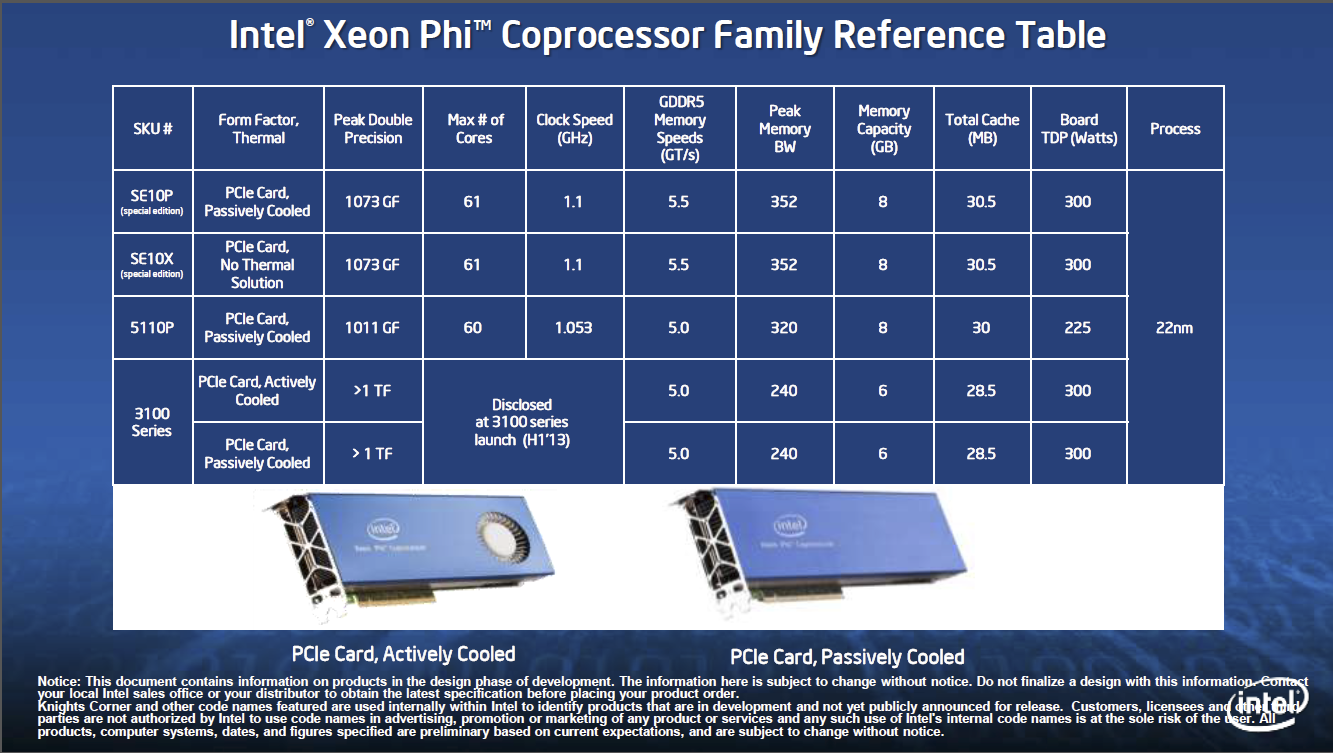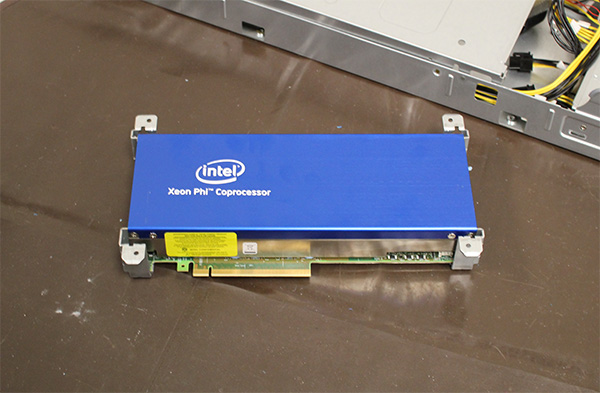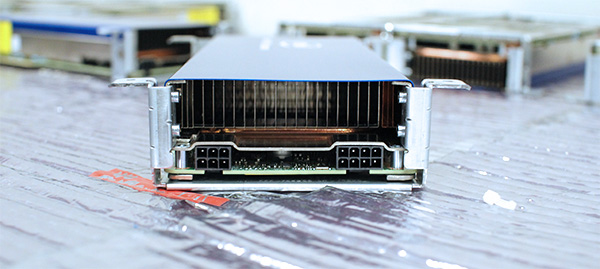Xeon Phi: Intel's Larrabee-Derived Card In TACC's Supercomputer
After eight years of development, Intel is finally ready to announce its Xeon Phi Coprocessor, which is derived from the company's work with Larrabee. Although the architecture came up short as a 3D graphics card, it shows more promise in the HPC space.
Intel Xeon Phi Hardware
Intel is launching one Knights Corner-based product family today: the Xeon Phi Coprocessor 5110P. It's expected to see general availability in early January of next year, and it's expected to cost just under $2700. Later on in 2013, we'll see Intel's Xeon Phi Coprocessor 3100-series.
Confused by all of the code names with Knights in them? Intel's product team has taken some criticism for repeated use of the word in its technology roadmaps. Here's the run-down, though:
- Knights Ferry (pre-production hardware)
- Knights Corner (2012-2013 product, now known as Xeon Phi)
- Knights Landing (second-gen product)
The Xeon Phi Coprocessor 5110P and 3100-series products are based on similar hardware, but wield specifications that more specifically target compute-bound applications. As you can see in the reference table above, Intel's two families employ different cooling solutions. The 5110P is passively-cooled, while the 3100-series will eventually ship in actively- and passively-cooled trims.
The 5110P includes more memory and greater peak bandwidth for workloads constrained by throughput. Add a 60-core processor running in excess of 1 GHz and you end up with a 225 W TDP. Although it doesn't feature active cooling, the 5110P still requires substantial airflow to dissipate all of that heat. As such, it's intended exclusively for rack-mounted servers with chassis fans able to force air through the card's heat sink and rear bracket.
Meanwhile, the 3100-series cards are specified for 300 W thermal limits. They'll only come armed with 6 GB of GDDR5 memory. And although Intel does come right out and say it, we can work backwards to figure out that a chip with 28.5 MB of L2 cache is going to give us 57 cores. Why the higher TDP, then? We have to assume they'll be running at higher clock rates. Like the 5110P, a passively-cooled Xeon Phi 3100 would require a properly-validated server system. But a model with its own fan might exist as a workstation solution.
Because Intel hosted the Xeon Phi launch event at the TACC, we were able to snap some photos of the cards as they were being installed.
To an enthusiast, the Xeon Phi looks a lot like two-slot graphics card with a 16-lane PCI Express interface. The two biggest differences, at least from this angle, are the lack of a cooling fan and the custom retention bracket. What you cannot see is the rear I/O panel, which is absent any display connectivity.
Get Tom's Hardware's best news and in-depth reviews, straight to your inbox.
The large and heavy heat sink under the card's shroud has fins that go straight back, allowing air to flow through and out the front. More familiar are the eight- and six-pin auxiliary connectors responsible for complementing the slot's 75 W power delivery.
Current page: Intel Xeon Phi Hardware
Prev Page Intel Xeon Phi Architecture Next Page Intel Xeon Phi Performance

